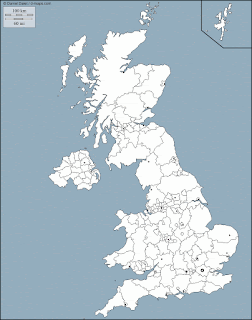Here you
have the link of the Unit 2
Natural Environment (Part 1): Relief and landscape processes (15 pages...)
There is
also an optional part: the
Glossary. You can print it or not, but remember that in the exam it will be a question of
vocabulary...
As you can
see, the first point of the theoretical unit is about tectonic plates and the
continental drift. Continental drift is the theory that 200
million years ago there was a single continent called Pangea on the Earth. You can watch a video from National
Geographic. As if you want more information about tectonic plates, there is
another video, from BBC.
Another
topic that frightens yet excites every geography student (go on, admit it),
natural hazards and disasters have been very much in the news over the past 12
months. As an example, using Google Technologies, you can see a map of earthquakes happened during
the last week…
NEW! Here you have the link to the "How to solve Case Studies" presentation. You can print it or not, as you prefer; it is just a guide for helping you in the activities of the following weeks.
NEW! Here you have the link to the "How to solve Case Studies" presentation. You can print it or not, as you prefer; it is just a guide for helping you in the activities of the following weeks.



.jpg)





















.jpg)








